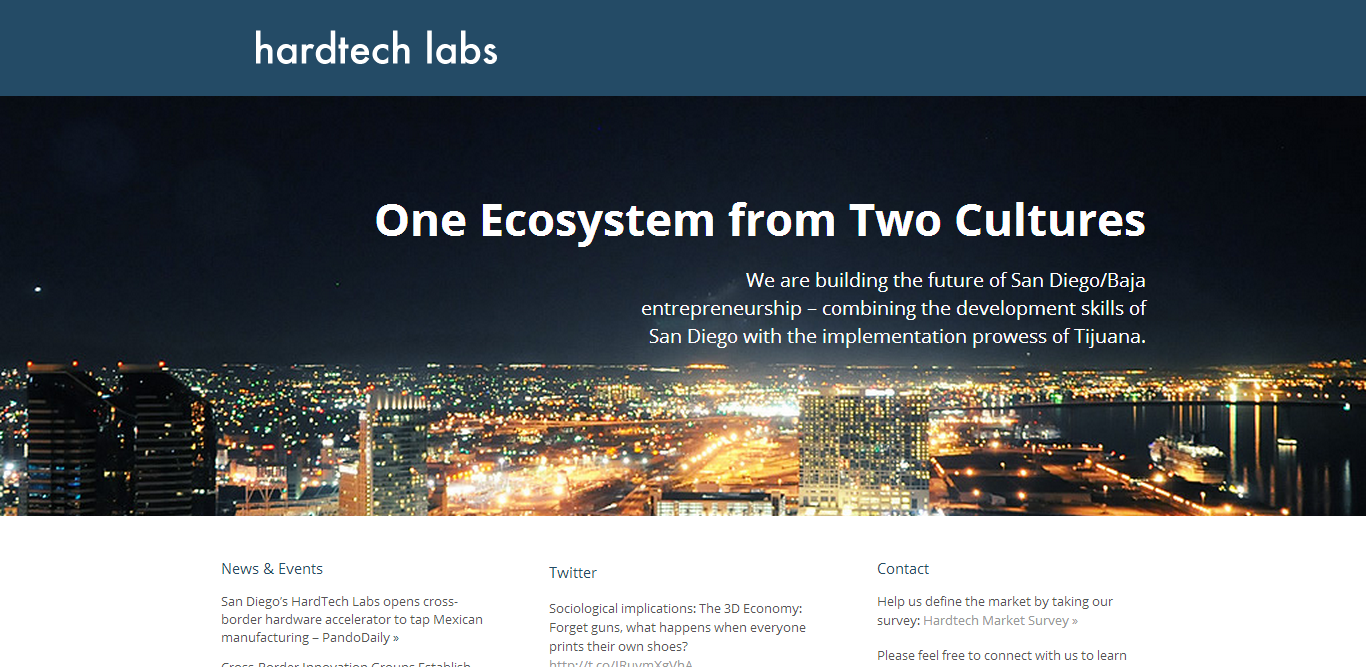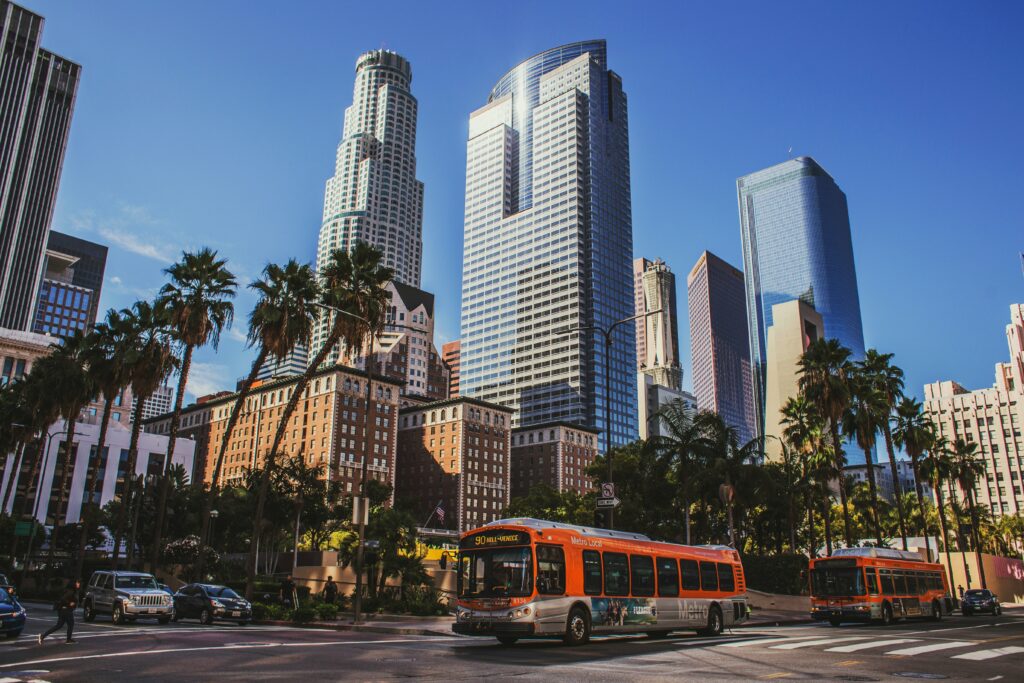![]() By Brian Kovalesky, StartUp Beat editor
By Brian Kovalesky, StartUp Beat editor
Hardware startups are hot and drawing significant investor attention, and a new cross-border hardware accelerator that launched last week called HardTech Labs is more proof. The effort is a consortium that bridges the U.S./Mexico border and brings together the San Diego, California and Tijuana, Baja, Mexico startup communities. In the U.S., the program is facilitated by Origo Ventures, the Ansir Innovation Center incubator, Fab Lab San Diego, and the Co-Merge co-working space. In Mexico, participants include the Tijuana Economic Development Corporation’s Ignitus innovation program and consultancy MINK Global.
It’s an innovative concept that illustrates both the opportunity investors see in hardware startups, and a new premium on helping startups ease the manufacturing process and better manage the supply chain.
Here’s a Q&A with Derek Footer, HardTech co-founder and Origo Ventures managing partner, about the effort and some of the challenges a cross-border endeavor presents:
SUB: Please briefly describe the HardTech accelerator and the vision behind it.
Footer: We see the San Diego/Baja region as the ideal place to create a hardware development ecosystem. Our vision is to combine existing startup hardware and software development with production facilities in Tijuana and mentors from the premier telecoms, automotive, health, and military research institutes and corporations in the region. By bringing production engineers into the process early and as an integral part of the process, we can leverage their expertise and help founders streamline the development and design process, resulting in fewer iterations, lower cost, and a faster time-to-market.
SUB: Why the San Diego/Tijuana region? What kinds of competitive strengths in hardware did you and the other participants find there that are particularly attractive?
Footer: Through the maquiladora industry, Tijuana has had premier consumer electronic production and assembly for 40 years. With the boom in consumer hardware entrepreneurship increasing labor and shipping costs in China, and strong technology foundations on both sides of the border, the region has a differentiable advantage in the startup phase of hardware development—from idea to prototype, to short-run production, to smaller-volume mass production. In this phase, constant interaction with the production engineers allows for early-stage development that takes into account potential production issues early, meaning fewer speed bumps and dead ends and a faster time to market. China has strong advantages in mass manufacturing, and cost-per-unit may be higher here, but overall development cost is lower. So you can start here, develop faster, and then move mass production to Shenzhen when the bugs are worked out.
On a lifestyle note, the Baja region has some top cultural attractions, from the wine country south of Tecate, to the Baja Med cuisine of chefs like Plascencia and Guerrero in Tijuana, to a thriving startup scene at places like Bit Center and MIND Hub.
San Diego itself is seen as too laid back for tech, but I think that is our secret advantage—you can be serious about starting your company and still have a meaningful life in America’s finest city without the rat race of the Bay Area.
SUB: What kinds of hardware companies are you looking to include initially?
Footer: Already there are some potentially great companies developing here with help from existing incubators like Fab Lab. Wearables, drone manufacturers, medical devices, customizable attire, open source routers and telecom equipment, robotics, and other companies are present in the region, and we are speaking with a number of companies to be in our initial class, which should be announced in the next couple of weeks.
SUB: What are some of the particular challenges of running a cross-border accelerator?
Footer: Outdated perceptions are probably the biggest challenge. American mass media has created this notion that Tijuana is some kind of Mad Max post-apocalyptic wasteland. When you actually go there, you realize that while it is still developing, it is a middle class country with a top-notch workforce and a modern economy. The other challenge is the border itself—while it is easy to get to Mexico, it can take hours to get back over the border to the U.S. The U.S. government has programs like SENTRI that help, but it will be a logistical challenge to ensure too much time is not wasted.












